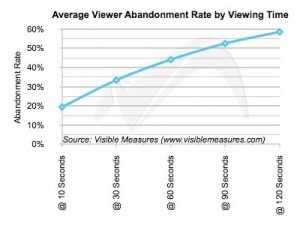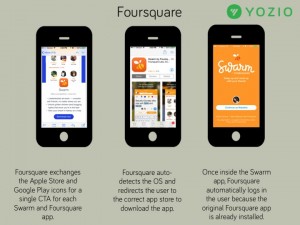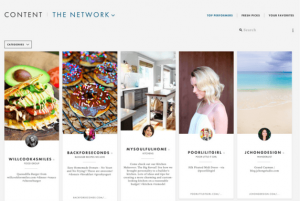Google AdSense Integrates With Google Analytics 4, Among Other Updates

AdSense now integrates directly with Google Analytics 4 (GA4). Combining AdSense data with other website metrics such as traffic sources and user behavior, enabling marketers to gain deeper insights and identify patterns to optimize advertising revenue.
“We’ve heard the feedback from many businesses that they want greater simplicity,” says Russell Ketchum, product director at Google Analytics. “We’re focused on releasing features and updates to make it easier for businesses to understand the impact of their marketing efforts and make the most of their first-party data.”
The user can link their AdSense account to a Google Analytics 4 property, which makes the AdSense data from that account available in GA4 reports and explorations.
The move comes weeks before the Google Analytics 4 migration deadline. The goal is to help publishers better understand user behavior on their sites to optimize advertising revenue and gain a more complete picture of metrics, such as traffic sources.
With a better understanding of which traffic sources, pages and browsers bring users to their sites, they can more effectively optimize content. This can improve the user experience. This integration has existed in Universal Analytics. Now it will roll out to all AdSense and GA4 users today.
How does it work? The Google AdSense and GA4 integration relies on shared IDs, automatically collected events, and data joining. Both sets of tags must communicate using shared IDs to match each ad impression with its corresponding GA4 event.
GA4 and AdSense use tags in each web page to generate a unique ID for each event or ad impression.
In web properties, this is called the query_id. Inter-tag communication ensures logged IDs are identical between GA4 and AdSense for one event and its corresponding ad impression.
For retailers and ecommerce businesses, it’s critical to have a strong measurement foundation to understand not only website and app performance, but where their customers engage with products as well as where they disengage and how they can make the path to purchase as seamless and effective as possible for future customers.
Updates also were made to reporting, tailored business objectives, data insights and attribution to improve. This allows for improved performance for bids of each ad, and audience builder in Google Ads, among others.
(5)
Report Post







